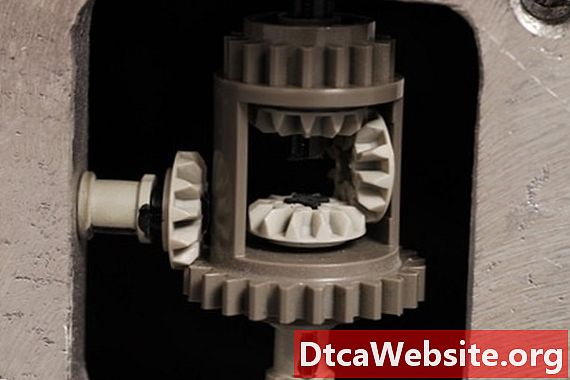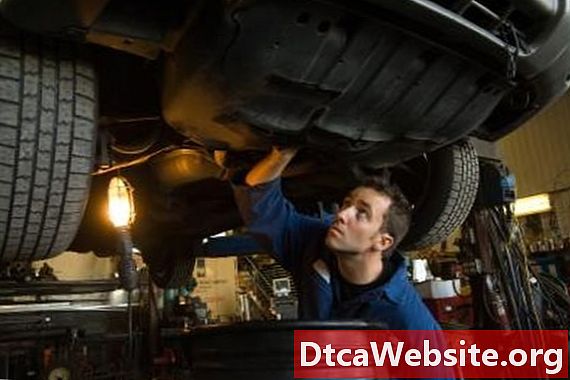
Contenu
Painting an aircraft is a complex job. Few do-it-yourselfers will tackle it because of the specialized equipment and materials required to do the job correctly. Painting an aircraft incorrectly can also have dangerous effects on its performance. Lets look at the techniques and equipment required to complete an aircraft paint job.
Where to Paint
Aircraft painting is done in a clean environment with adequate ventilation, usually closed off from the surrounding area due to the chemical fumes that will be released. Large aircraft are painted in specially designed hangars; smaller aircraft in paint shops that resemble an automotive "spray booth." In either case, painters require protective equipment to prevent exposure to noxious fumes from the variety of chemicals that are required.
Stripping
The first step in painting an aircraft is to remove the existing finish down to bare metal. New techniques such as dry-ice blasting are making inroads, but chemical strippers are the usual choice. Protective equipment -- gloves, safety glasses and a respirator -- is especially important for this step. Any chemical that can eat through layers of old paint will do the same to human skin. Another consideration is disposal. Several gallons of stripper will be used for even a small aircraft; in many locales it will be considered hazardous waste.
Inspection
A thorough inspection of the aircraft should be performed by a licensed mechanic after the old finish is removed. Cracks, loose rivets and other damage that hid under old paint may be visible now. Repair any defects before beginning the application of a new finish.
Apply New Finish
The new finish is a two-step process. Primer is applied first, followed by the topcoat. The standard primer for aircraft applications is zinc-chromate. Typical application is by spray gun. An air compressor capable of providing a constant supply of air at the correct pressure is necessary, and of course, the spray gun. Multiple coats are usually applied; account for this when purchasing primer and paint because matching colors can be a challenge if more paint is purchased after the job is begun. Any striping or other detail will be applied after the base color has completely dried. Use quality masking materials to protect the finish. An aircraft has ports installed in the skin to allow outside air to enter the instrument system. These provide ambient air as a reference air pressure for the instruments. A painter must be very careful not to cover or contaminate these, or important instruments may be rendered inoperative.
Applicable Regulations
Painting an aircraft is considered a maintenance event, which must be recorded in the aircraft logbook per Federal Aviation Regulation (FAR) Part 43. Only FAA-certificated mechanics may do this. All civil aircraft in the United States are required to have registration markings applied to their exterior in compliance with FAR Part 45. State and local regulations may govern the use and disposal of the paints and chemicals used in the process. Become familiar with these before attempting to paint an aircraft.


